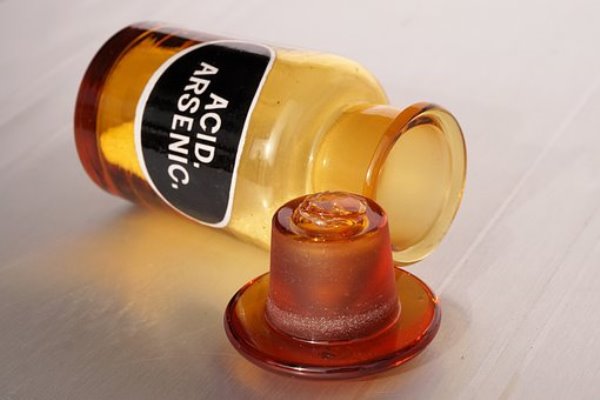The European Food Safety Authority (EFSA) has published a risk assessment on "small organic arsenic compounds" in food.
In the case of arsenic, a distinction is made between inorganic (free) arsenic and organic arsenic compounds in terms of toxicological assessment. Arsenic can be bound to both small organic molecules and large molecular structures.
In January, the EFSA published an update on the risk assessment of inorganic arsenic (Asi) in food (see ).
This was followed by the risk assessment for the two small organoarsenic compounds monomethylarsinic acid MMA(V) and dimethylarsinic acid DMA(V)*, in which the heavy metal is bound to methane groups.
Of the two compounds, DMA appears to be the more widespread. Arsenic compounds are found mainly in sea fish, mussels, crustaceans and algae (kelp) as well as in brown rice. Rice and fish are the main contributors to human exposure to MMA(V) and DMA(V) in the diet. The highest (chronic) exposure to DMA(V) was found in the age group of young children.
The Margin of Exposure (MOE) is a tool used by risk assessors to weigh up potential safety concerns related to substances found in food and feed that are both genotoxic (i.e. can damage DNA) and carcinogenic (causing cancer). The MOE (sometimes also referred to as a "safety margin") is the ratio between two factors: the dose at which a small but measurable adverse effect is observed for the first time and the level of exposure to the substance in question in a particular population. There is evidence that DMA(V) belongs to this group. To exclude risks, an MOE value of >10,000 is required.
The recommendations to the Commission included the further development of analytical methods, standardised reference materials and further studies.
In the next few years, studies on the larger organo-arsenic compounds (Arsenoglucosides, Arsenolipids, etc.) are to follow.
*For the specialists among you: the EFSA has limited itself to compounds that contain pentavalent arsenic (As(V)). There are also compounds that contain trivalent arsenic (As (III)). However, there was not enough data available for these.
Links: in small organic Arsenic compounds
YOUR PLUS: In food and feed, we determine not only the total arsenic content, but also the respective proportions of inorganic and organically bound arsenic.
Author: Dr Frank Mörsberger, AGROLAB GROUP

 Contact
Contact

 Contact
Contact Career
Career